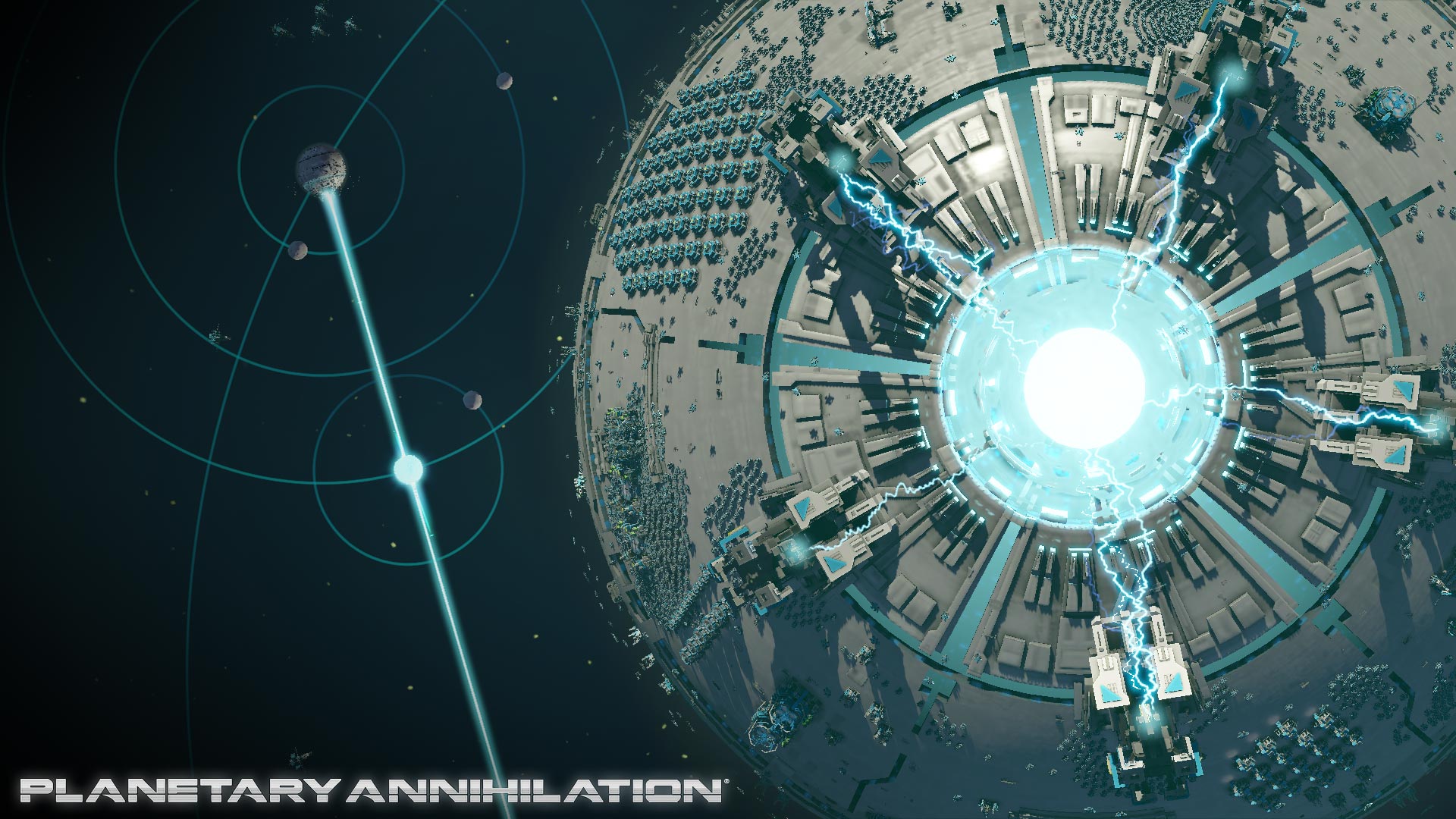
Most of the exoplanetary systems discovered to date have been found to be surprisingly compact, featuring planets that lie very close to their host stars, with orbits that are substantially smaller than Mercury’s 0.39 AU-wide orbit around the Sun (1 AU is the average Earth-Sun distance). Yet the advent of exoplanetary research during the last two decades revealed nothing of the sort.

Traditional planetary formation models indicated that the structure of other exoplanetary systems should closely follow that of our own. Image Credit: WikipediaĬontrary to most exoplanetary systems that have been discovered to date, our Solar System can be described as a tidy and well-organized place, with all the eight major planets neatly grouped together in two different and distinct categories: four small rocky, terrestrial planets orbiting close to the Sun, which are followed by four Jovians, or gas giants, that are lying farther out, with a large asteroid belt in between. Our Solar System appears to be unique among the hundreds of exoplanetary systems that have been discovered to date, which are structured in a very different manner. Nevertheless, this inward-and-then-outward journey by Jupiter caused a wide planetary obliteration, which eventually allowed for the formation of a second generation of mass-depleted terrestrial planets, one of which was Earth. Yet, contrary to ancient myth, the gravity of the newly formed Saturn prevented the planetary king of the Solar System from meeting the same fate, by pulling the gas giant outward. Akin to the father of his mythological namesake, a wandering Jupiter has probably wreaked a similar havoc early in the Solar System’s history, according to a new study, by throwing into the Sun several primordial “Super-Earth”-type planets that might have already formed, soon after the formation of the Sun. While trying to avoid meeting the same fate by his children, Saturn later swallowed each one of them as they were born, only to be finally defeated by his son Jupiter, who eventually took his father’s place as the god of the sky and the ruler of gods and mortals alike.

In the religious mythology of classical antiquity, the ancient Greek god Cronus (as well as his Roman counterpart, Saturn) was a member of the first generation of Titans who became the ruler of the Universe and the master of time by overthrowing his father, Uranus. Image Credit: NASA/Johns Hopkins University Applied Physics Laboratory/Southwest Research Institute/GSFC The results of a new study indicate that the massive gas giant fundamentally altered the evolution of the early Solar System, by destroying any “Super-Earth”-type planets that may have formed, while opening the way for the formation of the inner terrestrial planets like Earth. A montage of Jupiter and its volcanic moon Io, as seen by NASA’s New Horizons spacecraft on its way to Pluto.


 0 kommentar(er)
0 kommentar(er)
